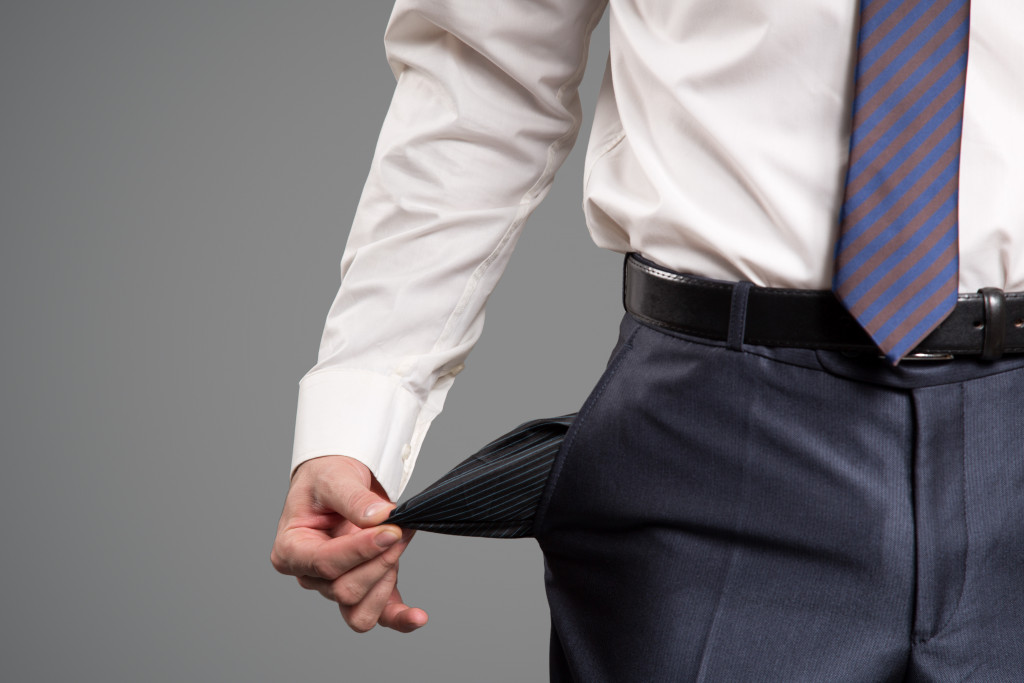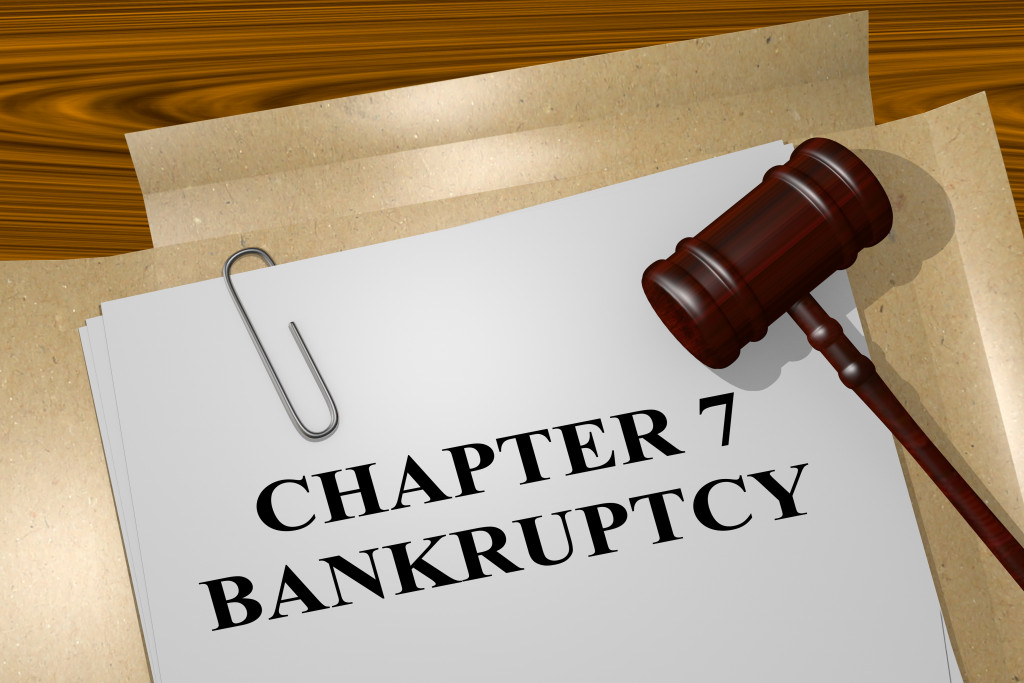The word bankrupt has a negative connotation. It usually sends the message that you’re entire assets got wiped out. Yet, filing for bankruptcy is not always a bad thing; in fact, it can save you.
Filing for bankruptcy is a safety net. By using this US legal system, it can help you save your investments. You can keep your home, retirement savings, cars, and other properties by smartly using this social safety net.
For instance, if you cannot keep up with mortgage payments anymore, you can file for bankruptcy. To guide you through the entire process, call on a bankruptcy or foreclosure attorney.
The pandemic and bankruptcy
Because of the pandemic, unemployment increased. With this major economic impact, it was expected that bankruptcy filing statistics would increase. However, fewer people filed for bankruptcy last year compared to 2019; this is according to an article published in The Economist.
The Harvard Business School states that these numbers are due to a decrease in the filings of consumers and small businesses. It adds that one reason for this is the pandemic itself. Due to concerns about health safety, people find it hard to access the court system.
However, with things opening up, access to court proceedings may start to get easier. If you want to save your finances, filing for bankruptcy can be one of your options.
Reasons for declaring bankruptcy
CNBC cites reasons people file for bankruptcy. The most common one is health problems. As medical care costs are high and people who acquire illnesses cannot go to work, it results in their financial downfall.
On the other hand, some file for bankruptcy because they cannot afford to pay mortgages anymore. Spending beyond means is also a top reason.
There are advantages to filing for bankruptcy. One is you get a fresh start. When you file for bankruptcy, your debt collection stops, along with penalties and fees. When you file for Chapter 7 bankruptcy, you can free yourself from paying debts.
Chapter 7
Chapter 7 is a form of personal bankruptcy known as liquidation bankruptcy. This is a great option for individuals who cannot pay debts anymore. For instance, when you have spent more than you can pay on your credit cards, the court can discharge your debts when you file for Chapter 7. However, this only applies to individuals and not business entities.
When filing for Chapter 7, the court chooses a trustee. A trustee’s job is to liquidate the individual’s assets and gives these liquidated assets to people whom you have debt. You don’t need to worry about getting your assets wiped out, though. A trustee’s job is also to ensure that you are left with means enough to live and work. Therefore, a portion of your liquidated assets will still go to you.
Filing for Chapter 7 is advantageous because after clearing your debts, you get a clean slate. This means everything you earn from the moment your debt gets discharged is yours to keep.
Chapter 7 is initiated by the debtor. A debtor is someone who owes money from the creditor. An individual debtor needs to complete specific requirements in filing Chapter 7. This includes a certificate of credit counseling and a monthly income statement, among other requirements.
When filing, the debtor needs to pay case filing and administrative fees, as well trustee surcharge. However, they can ask to pay in installment, as the main purpose for filing for bankruptcy is to provide financial relief.
In the case of married individuals, the financial information of their partners is also necessary when filing for Chapter 7. This enables the court, trustee, and creditors to properly evaluate the couple’s financial status.

Chapter 13
Chapter 13 bankruptcy is said to be a gentler solution than Chapter 7. With Chapter 13, the trustee does not need to sell or liquidate all your assets. The court only drafts a legally binding plan where you need to pay off your debt within a time frame. Usually, the time frame given is three to five years.
Commonly called the “Wage Earner’s Bankruptcy,” Chapter 13 is recommended for those with a steady source of income. With this chapter, paying off your debt is ensured. At the same time, it lets you keep your assets.
When you file for this chapter, you get to have more time to pool your income and pay back your debts. Generally, this chapter is used by businesses. To qualify for Chapter 13, a person should have less than $419,275 of unsecured debt. Unsecured debt usually includes credit card bills and personal loans.
In terms of secured debts, the person filing for Chapter 13 must not have more than $1,257,850. Secured debts usually include mortgages and car loans. Assets such as a home and a car can act as collateral for collectors if the debtor cannot pay.
There are other types of bankruptcy that you can file when you find yourself in a difficult situation. This can be your last resort. The best thing to do is to consult an expert that can guide you through the technicalities of filing. With their help, you get to have the best option that can save you from life-crushing debts.

